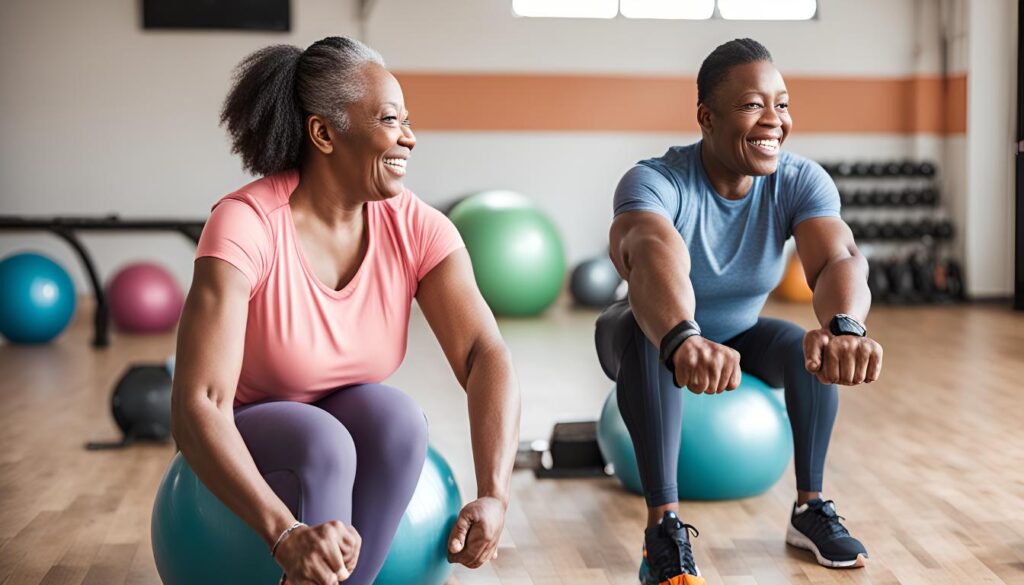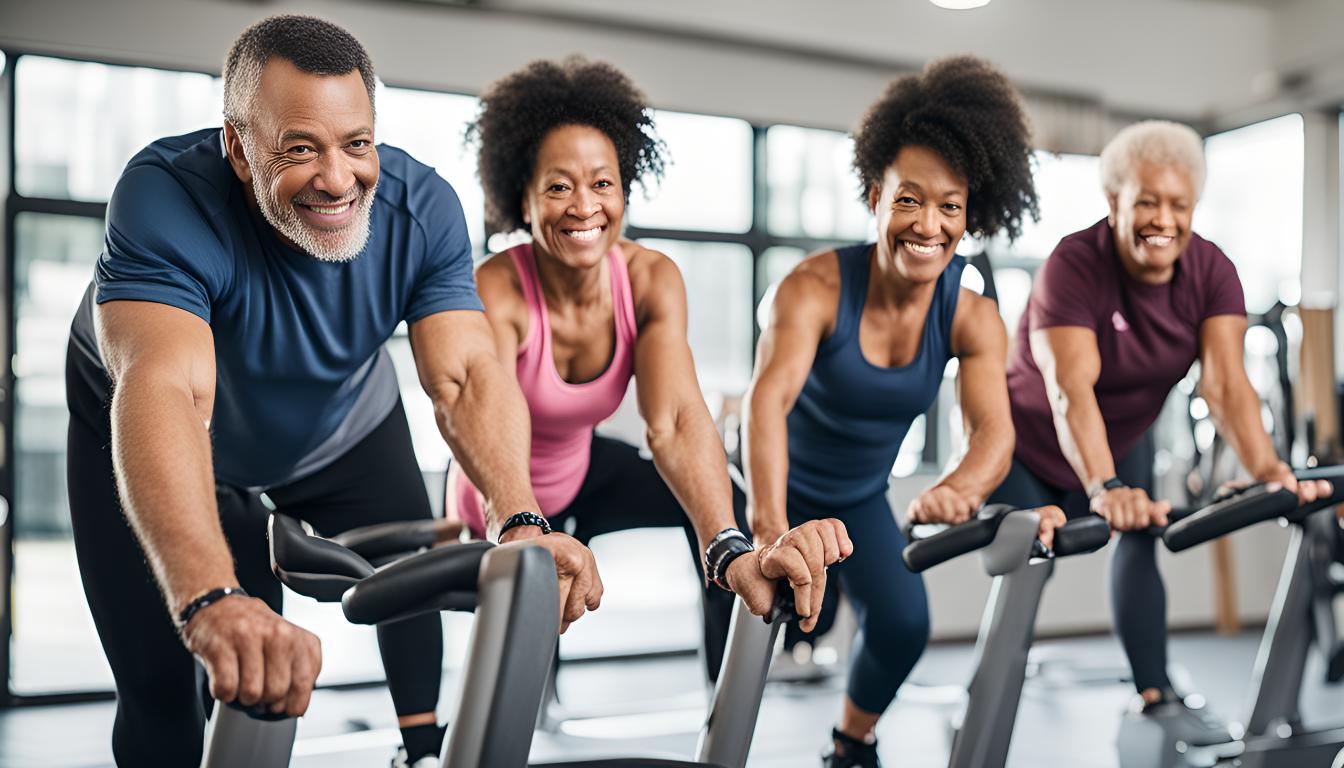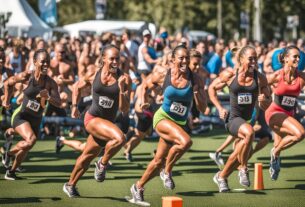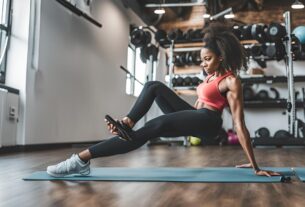Fitness for Specific Populations: Tailoring Exercise and Wellness Strategies
Fitness is a universal pursuit, but the approach to achieving and maintaining it can vary widely depending on individual needs, abilities, and health considerations. Tailoring fitness strategies to specific populations ensures inclusivity, safety, and effectiveness in promoting overall health and well-being. Here’s an in-depth exploration of fitness considerations for different demographics and special populations:
1. Fitness for Beginners
Starting a fitness journey can be daunting, but tailored guidance can ease the transition and promote long-term adherence:
– Introduction to Exercise: Step-by-step instructions on basic exercises and techniques to build confidence and prevent injury.
– Progressive Workouts: Gradual progression in intensity and duration to improve fitness levels and avoid overwhelm.
– Motivational Support: Encouragement and tips for staying motivated, setting achievable goals, and celebrating milestones.
2. Fitness for Seniors
Exercise is crucial for maintaining mobility, independence, and overall health in older adults:
– Low-Impact Exercises: Gentle activities like walking, swimming, and tai chi to improve cardiovascular health without stressing joints.
– Balance and Flexibility: Exercises to enhance balance, flexibility, and coordination to prevent falls and maintain mobility.
– Strength Training: Safe resistance exercises using light weights or resistance bands to preserve muscle mass and bone density.
3. Fitness for Children and Adolescents
Promoting physical activity in younger populations is essential for growth, development, and overall health:
– Play-Based Activities: Encouragement of active play, sports participation, and outdoor activities to foster a love for movement.
– Age-Appropriate Workouts: Fun exercises that incorporate games and challenges to keep children engaged and motivated.
– Importance of Daily Activity: Emphasis on the benefits of regular physical activity for physical health, mental well-being, and academic performance.
4. Fitness for Athletes
Athletes require specialized training to optimize performance and prevent injuries:
– Sport-Specific Training: Tailored workouts and drills that mimic movements and demands of the athlete’s sport.
– Periodization: Structured training phases (e.g., off-season, pre-season, competition phase) to peak performance during key events.
– Recovery Strategies: Techniques such as ice baths, massage therapy, and adequate rest to promote recovery and prevent overtraining.
5. Fitness for Pregnant Women
Exercise during pregnancy can benefit both the mother and baby, with appropriate modifications and safety precautions:
– Low-Impact Cardio: Gentle activities like walking, swimming, and prenatal yoga to improve cardiovascular fitness.
– Strength and Stability: Exercises to strengthen core muscles, pelvic floor, and improve posture to support the changing body.
– Consultation with Healthcare Provider: Importance of discussing exercise plans with a healthcare provider to ensure safety and address any medical concerns.
6. Fitness for Individuals with Disabilities
Adapted exercise programs can improve strength, mobility, and overall quality of life for individuals with disabilities:
– Accessible Workouts: Exercises that accommodate mobility aids and address specific needs, such as seated exercises or water therapy.
– Assistive Devices: Use of adaptive equipment and technology (e.g., modified bicycles, wheelchair sports) to facilitate participation in physical activity.
– Inclusive Fitness Facilities: Importance of accessible facilities and trained staff to support individuals with disabilities in achieving their fitness goals.
7. Fitness for Weight Management
Effective strategies for achieving and maintaining a healthy weight through exercise and lifestyle modifications:
– Cardiovascular Exercise: Activities that elevate heart rate and burn calories, such as jogging, cycling, and aerobic classes.
– Resistance Training: Building muscle mass to boost metabolism and improve body composition.
– Nutritional Support: Integration of balanced eating habits, portion control, and mindful eating to support weight loss or weight maintenance goals.
8. Fitness for Chronic Health Conditions
Exercise can play a crucial role in managing chronic conditions and improving overall quality of life:
– Condition-Specific Exercises: Tailored workouts for conditions like diabetes, hypertension, arthritis, and asthma to manage symptoms and improve health outcomes.
– Safety Precautions: Importance of consulting healthcare providers and adjusting exercise plans to accommodate individual health needs and limitations.
– Gradual Progression: Incremental increases in exercise intensity and duration to build stamina and avoid exacerbating medical conditions.
9. Fitness for Mental Health
Physical activity has profound benefits for mental well-being, including stress reduction, mood enhancement, and cognitive function:
– Mind-Body Exercises: Activities like yoga, Pilates, and tai chi that integrate movement with mindfulness and relaxation techniques.
– Aerobic Exercise: Cardiovascular workouts that release endorphins and improve mood, such as running, dancing, or group fitness classes.
– Therapeutic Benefits: Incorporation of exercise as part of therapy programs for depression, anxiety, PTSD, and other mental health conditions.
10. Holistic Wellness Integration
Promotion of holistic wellness by integrating physical activity with other aspects of well-being:
– Nutrition Guidance: Emphasis on balanced diets that complement fitness goals and support overall health.
– Sleep and Recovery: Importance of adequate sleep, rest, and recovery periods to optimize physical performance and prevent burnout.
– Stress Management: Incorporation of stress-reducing activities like meditation, deep breathing exercises, and time management strategies.

—
Fitness for specific populations requires a personalized approach that considers unique needs, abilities, and health considerations. By tailoring exercise programs, providing specialized guidance, and promoting inclusivity, fitness professionals and enthusiasts can empower individuals to achieve their fitness goals and improve their overall quality of life. Whether you’re supporting beginners, seniors, athletes, or individuals with disabilities, adapting fitness strategies ensures that everyone has the opportunity to enjoy the benefits of an active and healthy lifestyle.




